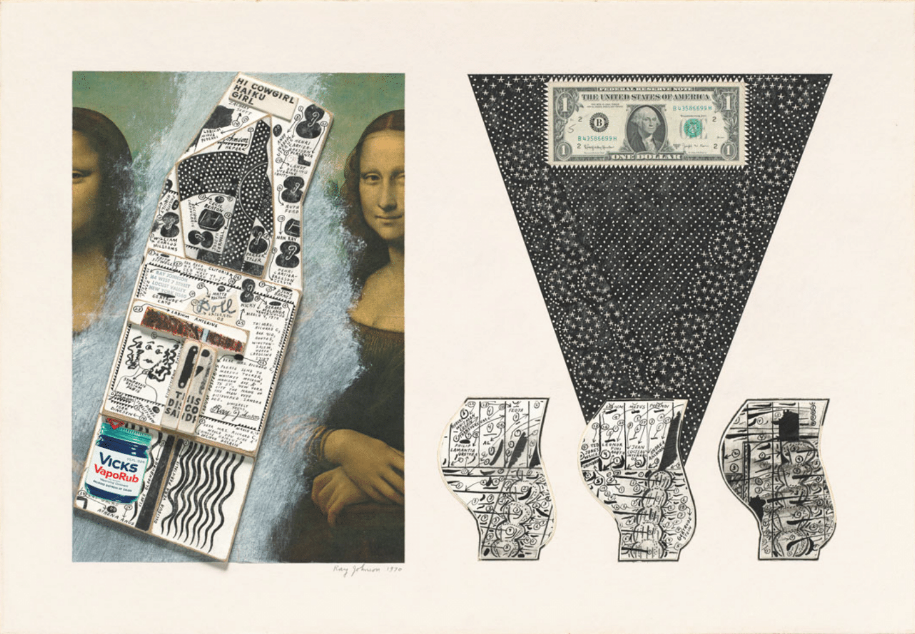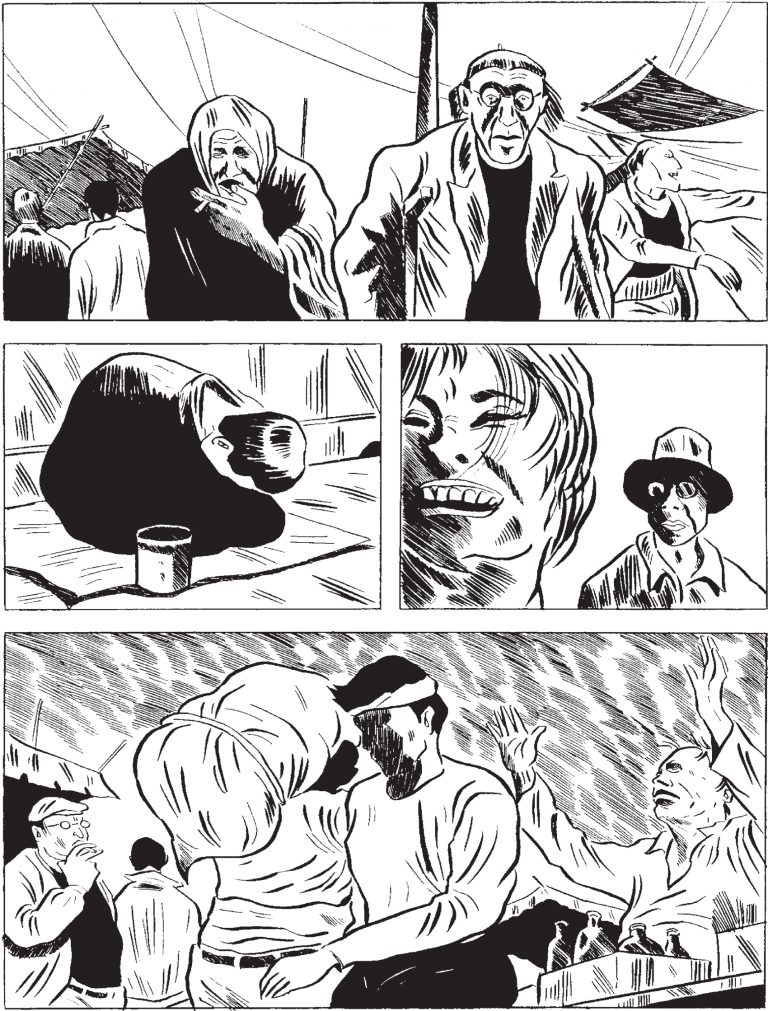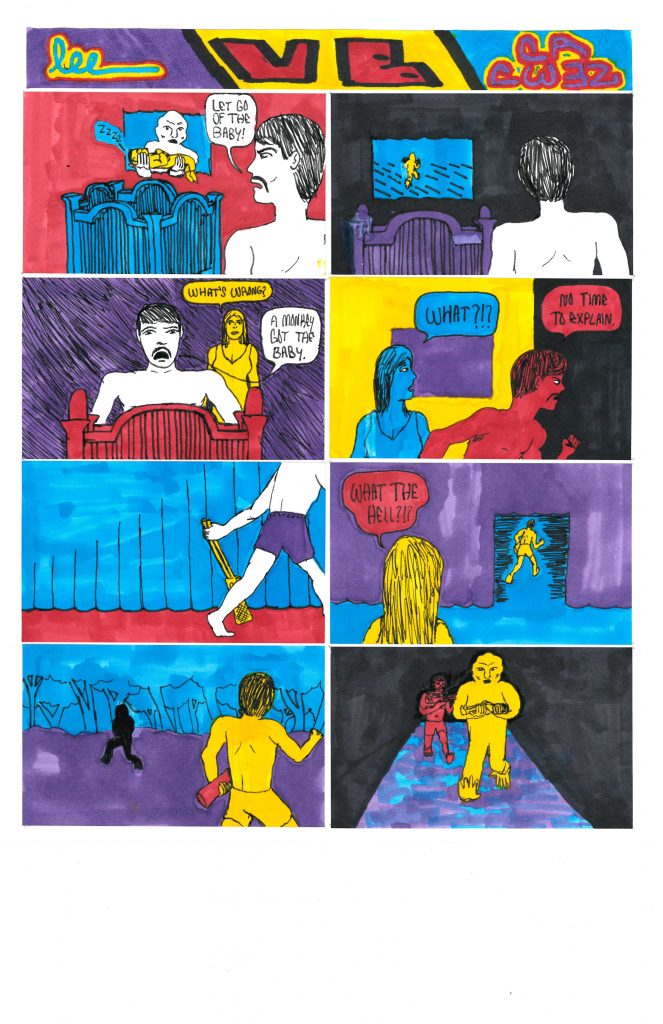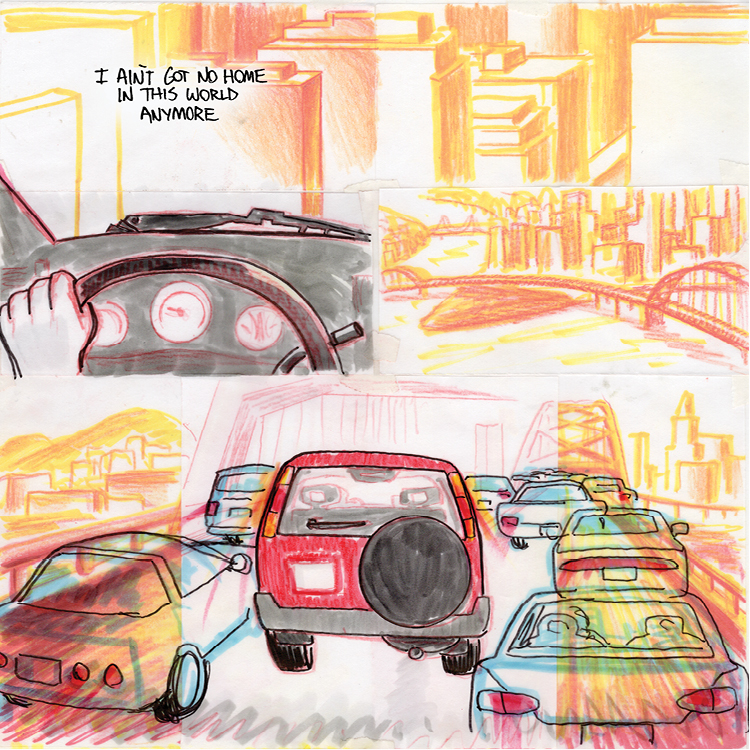Lisa Hanawalt Interview; Austin English at the National Gallery; Tadao Tsuge; John P. at Autoptic
—————————————————————————————————

Illustrator Lisa Hanawalt on Her New Comic Coyote Doggirl and the Appeal of ‘Horse Girls’
Following up from Sally’s review of Lisa Hanawalt’s newest book, here is an interview with Claire Shaffer at Jezebel:
[Shaffer] I noticed that the map that you have at the beginning, at the very opening page of the book, looks vaguely like a map of L.A., but I’m not sure if that was the intent.
[Hanawalt] [Laughs]. Does it? I guess, now that I’m looking at it, it kind of does.The way that the river forks, I’m like, “Oh yeah, that’s the L.A. River.” And that’s the Valley above the Red Mountains. Maybe I’m just projecting.
No, I did not think about that. I made this map last-thing in the book, because I was just suddenly like, “Oh god, this book should have a map in the beginning, that would be so cool.” I’ve always wanted to make a book with a map. Every good book has a map at the beginning. So I went through the whole story and tried to map out where she went, but it was really difficult. I was like, “How does this fit, and then also seem like a long journey from place to place?” So it was pretty random how it ended up. But you could totally look at it and be like, “That’s Silverlake!”The Old Lady’s Cabin is in Silverlake.
It totally is. I live in it. I’m the old lady.
—————————————————————————————————

Sense of Humor at the National Gallery
Austin English looks at the current show at the National Gallery, Sense of Humor, and talk with its curator, Judith Brodie:
[English] You mention that much of this work is on view for the first time. After going through the process of making this show into a reality, do you have any insight into why museums and institutions so rarely show comic art on their walls, but have made space for film and architecture? Are there specific challenges the work poses?
[Brodie] Much of the work is being shown for the first time not because it has been hidden away but because it is new to the National Gallery’s collection, acquired within the last decade or so. The exhibition is drawn entirely from the Gallery’s collection.As to why comic art is less visible on the walls of museums, are you referring to art that is humorous or specifically the art of cartoonists? If the former, I would say that it is simply less abundant, especially in terms of painting and sculpture. If you mean work by cartoonists, art museums have long kept cartoonists at arm’s length. Nevertheless, attitudes evolve, as evidenced by the National Gallery exhibition.
I meant more what are some of the unique qualities of the work that presented challenges that, say, painting or sculpture might not?
Definitely the lack of such work in permanent collections is a factor. Institutions such as the National Gallery never collected this sort of art. In truth, it wasn’t even considered art. I could be wrong in assuming this, but historically were cartoonists even aiming to be in art museum collections? It strikes me that their aim was to get their work published and most paid little regard for the original drawings. I have heard purists say that the work that we should be exhibited is the published cartoon and that curators such as myself are fetishizing the original, unique work. Also bear in mind that probably more than 90 percent of the works in the National Gallery’s collection came as donations. Our holdings reflect what our donors were collecting. This is the case at almost all art museums.
—————————————————————————————————
SLUM WOLF
Granta has an excerpt of the new Tadao Tsuge book, translated from the Japanese by Ryan Holmberg.

—————————————————————————————————
AUTOPTIC REPORPTIC
John Porcellino blogs about the recent Autoptic Festival:
Anyhow, we went in and did the show. Autoptic is in an amazing space, some kind of massive vaulted former warehouse. In that way alone it feels very different than most comics shows. It doesn’t feel claustrophobic or oppressive. It also attracts a slightly different crowd than your average comics con. There were a lot of older people attending, as well as families and groups of friends. A number of people came to my table and told me they had just happened to be in town for the weekend and saw the show listed in the paper, and decided to check it out. So there was a kind of openness and curiosity to the attendees that I usually only feel at a zine show. (It should be noted, Autoptic has a somewhat larger scope that just a “comics show,” featuring zines, printmaking, and other small press publications as well.)
—————————————————————————————————
 Vision Box – 9-4-18 – by Cameron Arthur
Vision Box – 9-4-18 – by Cameron Arthur
—————————————————————————————————

Cement Mixer – 9-4-18 – by Caleb Orecchio